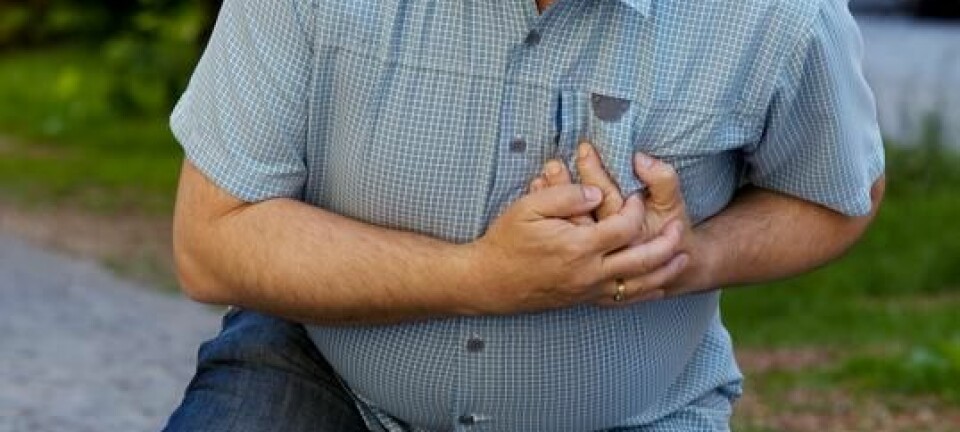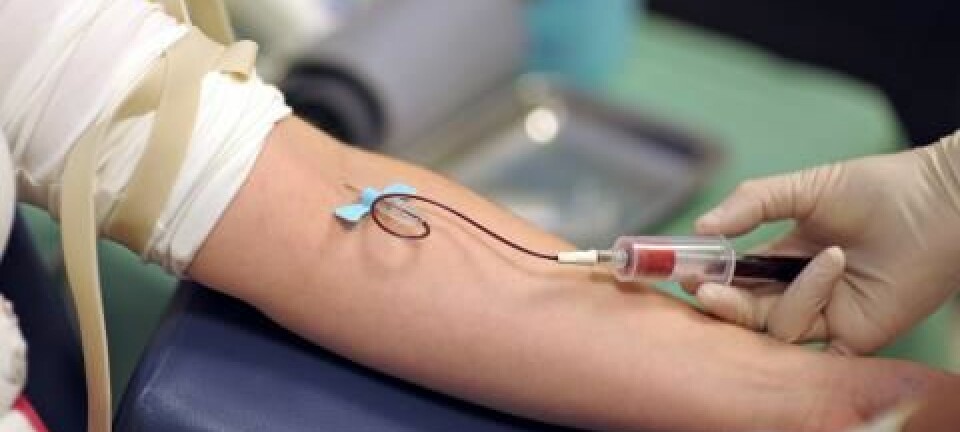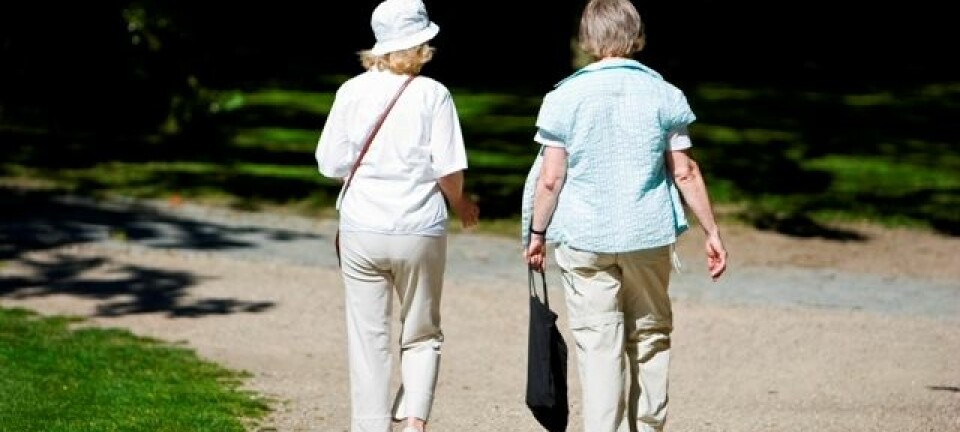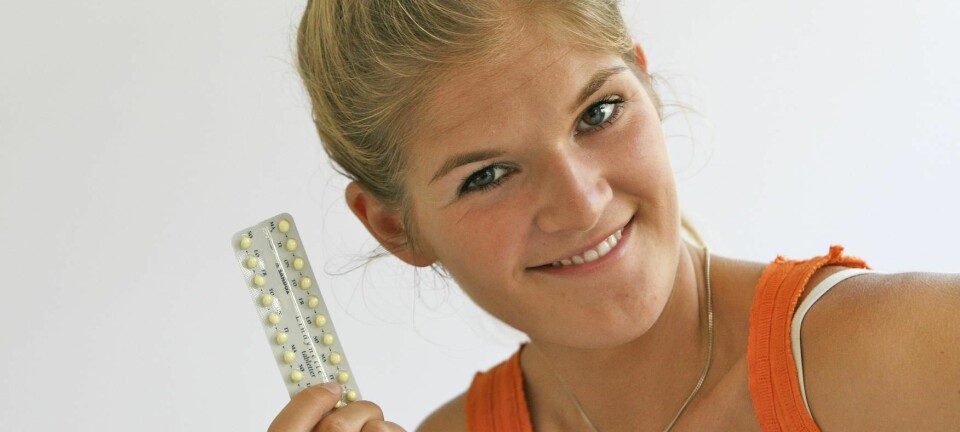
Scientists discover new way of preventing death from blood poisoning
New method will ensure that blood poisoning patients receive the correct amount of fluid after admission to the hospital.
10 litres. That's how much fluid a patient typically receives during the first 24 hours after admission to the hospital with serious sepsis, commonly known as blood poisoning.
The fluid ensures that the heart can maintain the patient's blood pressure and pump enough blood to all the body's tissue and organs.
The problem is that at the moment, no tenable method exists for the evaluation of whether a patient has received enough, or perhaps too much, fluid.
This means that critically ill patients risk on the one hand getting inadequate supplies of oxygen to their vital organs, while on the other having fluid accumulate elsewhere in the body because they are given too much of it.
Sepsis is an extremely serious condition that kills thousands every year. Even so, it has not been given much attention in the public sphere.
Simon Tilma Vistisen, assistant professor at the Research Centre for Emergency Medicine at Aarhus University, is behind a new invention that allows doctors to monitor fluid amounts more accurately.
"If this new monitoring method comes into use as early as in the emergency units, the doctors will be able to ensure that patients get the right amount of fluid from the very start,” says Vistisen. “Unlike today, where they have to rely on trial and error.”
Fluid supply depends on doctor's estimate
Over the next two years, Vistisen will be testing the new method, which can predict whether a patient needs more fluid or not, together with scientists from Aarhus University and Harvard University.
"Today, the administering of extra fluid depends very much on assessments -- clinical estimations," says Vistisen. "The doctor may estimate that a patient will benefit from extra fluids, but they won't know until after the event if it actually helped."
The new method will change this, letting the doctor know beforehand if any extra fluids will be beneficial or whether they’ll increase the risk of other complications.
Extra heartbeats can indicate the need for fluid
The new method is based on the heart's natural irregularities – instances where the heart beats an extra beat.
All people have these irregularities. These premature contractions of the heart, known as extrasystoles, occur more often than every half hour in many patients.
"We all have these irregularities, when heart beats a tiny extra beat before it has completely filled with blood. The next heartbeat will then be delayed, which means the heart will then take in more blood than normally," says Vistisen. "If you observe the heartbeat with an extra amount of blood you get an image of how the heart will react to extra fluid.”
The hope is that this new method can be used in hospitals to tell doctors whether to adjust the drip flow rate up or down. And by doing so avoid dangerous fluid accumulations in the lungs or other vital organs of ill patients.
Pigs had 20 per cent of their blood drained
Scientists from Aarhus University have already tested the method on ten pigs. The pigs were anaesthetised and had 15 to 20 per cent of their blood drained.
Electrodes were then attached to the pigs' hearts, enabling the scientists to cause artificial extra heartbeats and measure how the subsequent extra filling of the heart improved the blood flow from the heart.
As long as the small extra beat increases the heart's pumping ability it may make sense to give extra fluid.
However, when the heart reaches a limit, above which extra fluid has no effect of the blood flow, it instead increases the risk of fluid being forced out into the tissue and lungs.
And this is what the scientists observed in the pigs when they were given extra fluid after the heart had been filled to the maximum.
"We already have the instruments that measure the heart's rhythm, the extra beats, blood pressure, and so on. Now it's a question of combining the results shown by these instruments to determine whether the heart will react to extra fluid," says Vistisen.
The scientists will test the method on patients with sepsis admitted to Aarhus University Hospital and the Beth Israel Medical Deaconess Center at Harvard University in Boston, USA.
---------------
Read the original story in Danish on Videnskab.dk
Translated by: Hugh Matthews









